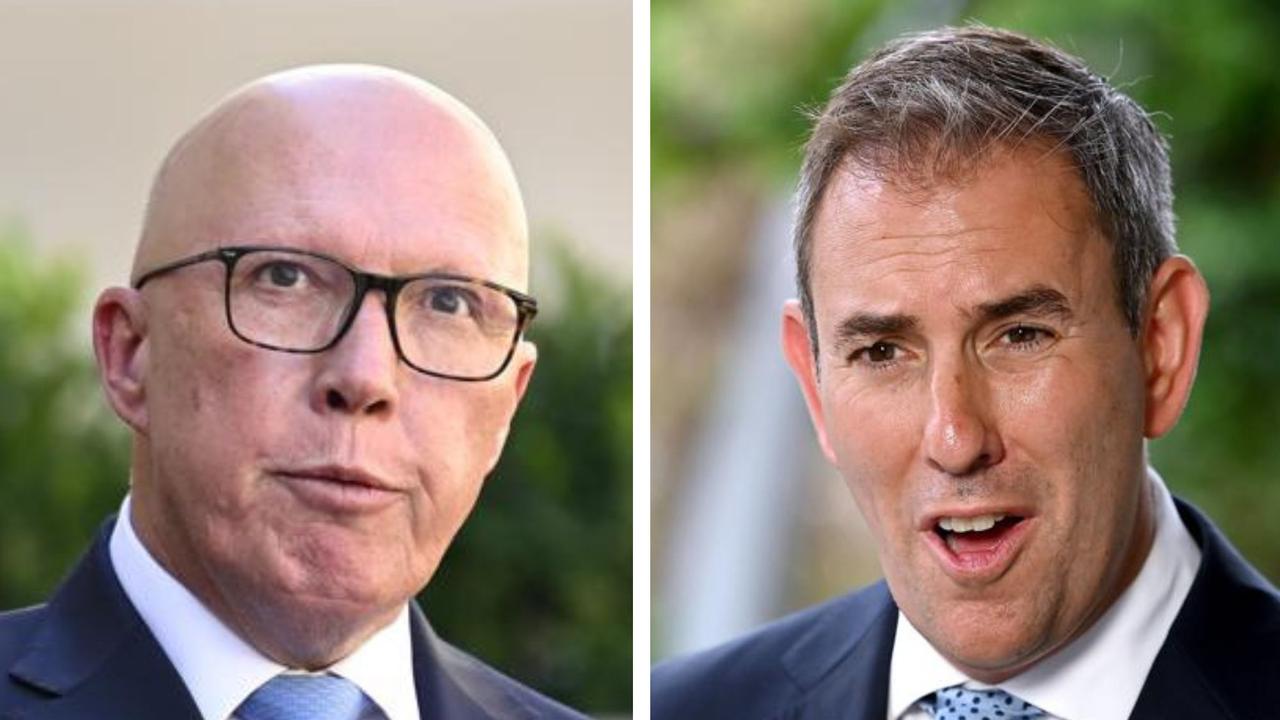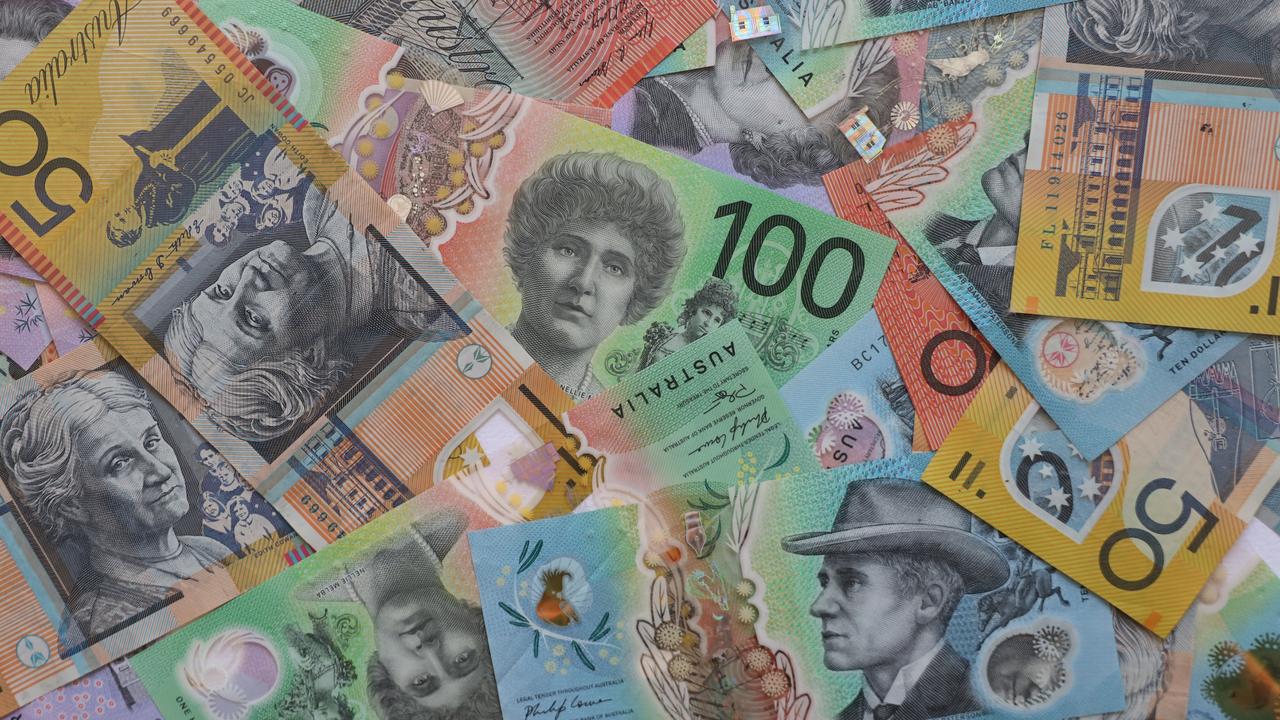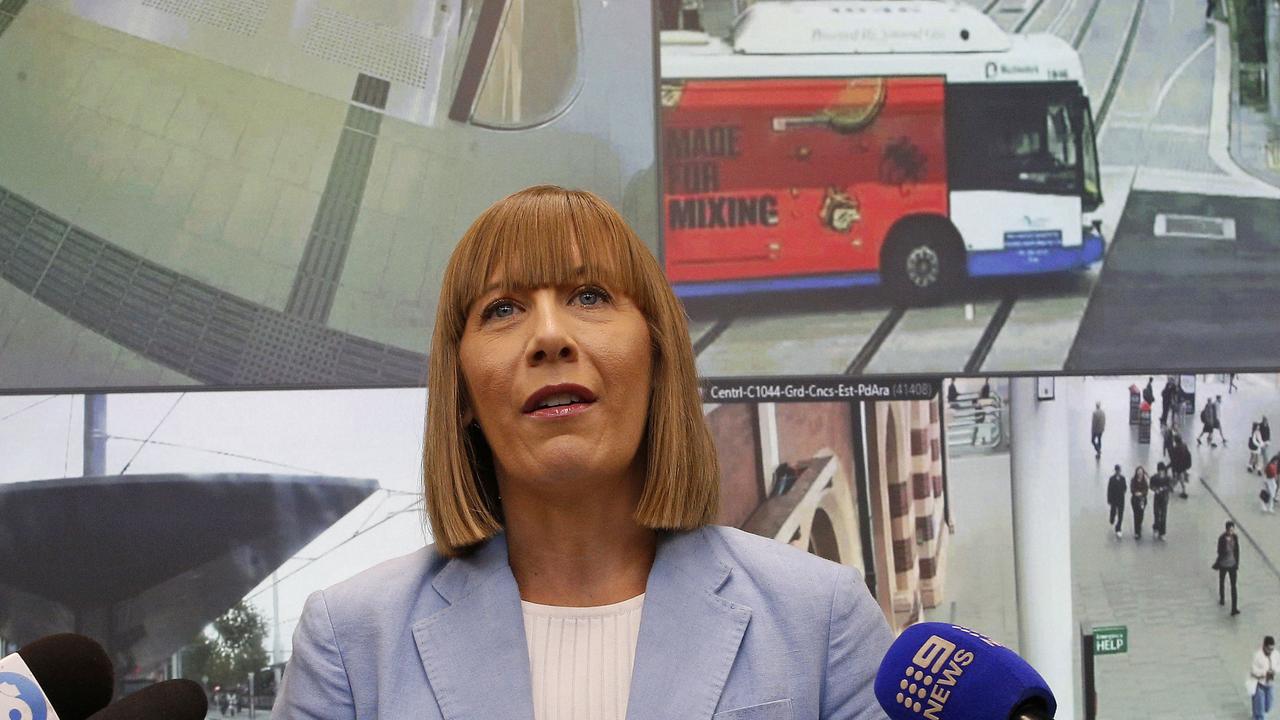’This isn’t tight’: Barr’s massive Dutton claim
Nat Barr made a huge claim about who will win the next election on Sunrise this morning, but all is not as it seems.
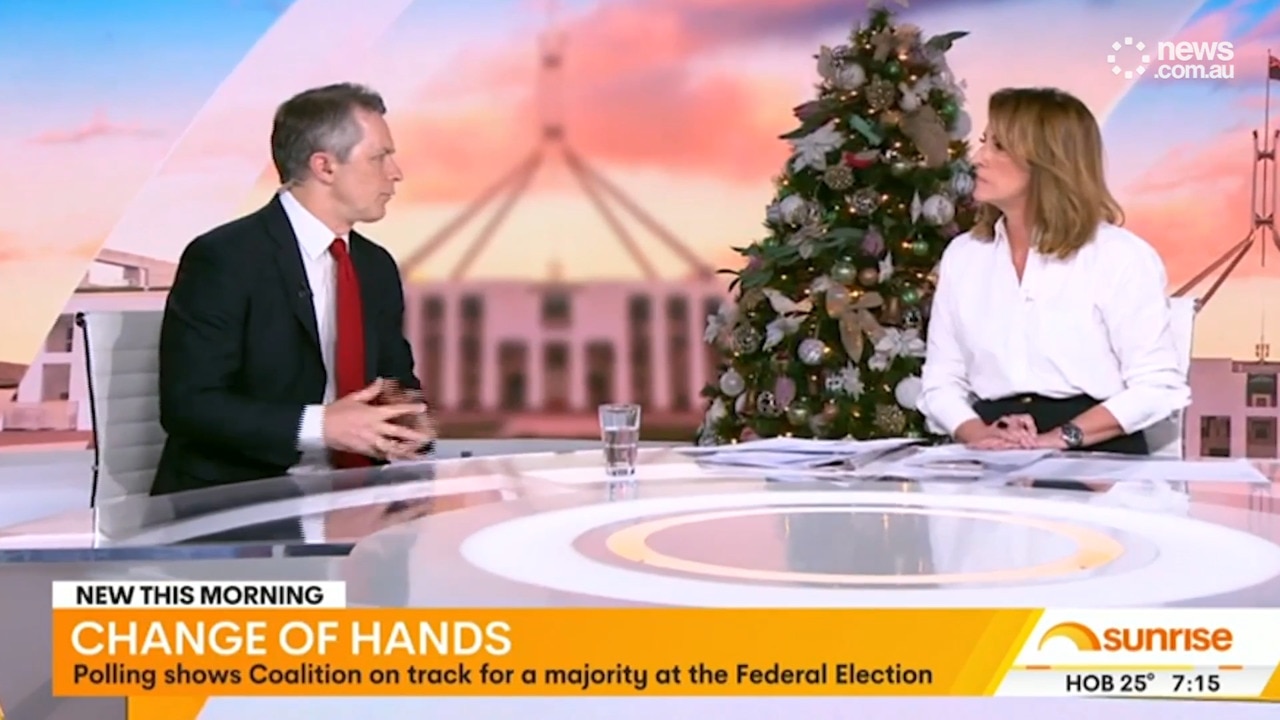
Sometimes, the maths just doesn’t maths.
And when it comes to interpreting opinion polls ahead of the next election, it’s crucial that media organisations can count.
Viewers of Channel 7’s Sunrise may have been jolted this morning to learn that Sunrise host Natalie Barr has read the latest RedBridge opinion poll and declared “this isn’t tight, this is saying he’s going to win”.
The only problem is that isn’t what the latest RedBridge poll says at all. To understand why, keep this simple equation in mind.
Peter Dutton needs roughly twenty seats to win the next election.
When the poll is saying he’s going to win nine seats something doesn’t add up.
That’s not to say Peter Dutton can’t win the next election. Or that Anthony Albanese is not in a world of pain.
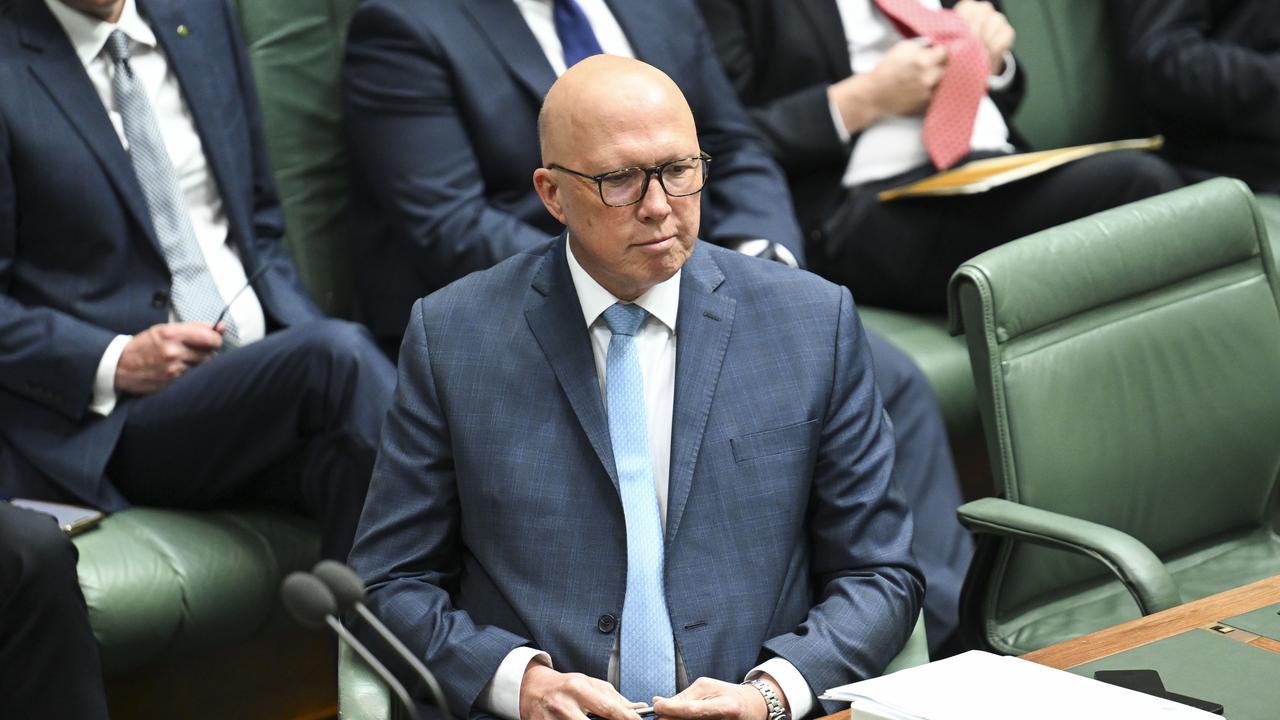
But nine seats does not make a majority for the boys in blue in the Liberal Party.
Let’s get the actual pollster Kos Samaras to explain.
“What the poll finds is that the Coalition, at the moment, would win the highest number of seats in the House of Representatives,’’ he said.
“That does not mean that it will win government.”
To understand why, remember there are 151 seats in the House of Representatives. In other words, Peter Dutton needs 76 seats to win. He’s nowhere near that haul in this poll.
“At the moment it predicts a 98 per cent likelihood of a hung parliament, yeah, and with a 2 per cent chance of a (majority) Coalition win,” Mr Samaras said.
Let that sink in. There’s a 98 per cent chance of a hung parliament regardless of who forms government with independents. There’s a 2 per cent chance based on this poll of an outright Dutton victory. That’s tiny.
In other words, it is tight. And the election result is not locked in.
“The big shift is the outer suburbs are moving away from Labor, and they have been all year,” he said.
“Significantly in those outer suburban areas of Sydney and Melbourne in particular, the per capita recession is at its most acute.
“But Labor could still easily form a minority government, because the cross bench is more than likely going to be left wing.”
Right now, Labor governs with 78 MPs. Hardly a landslide, but a majority nonetheless.
That’s Anthony Albanese’s first hurdle – he doesn’t have a big buffer. Labor went backwards during the 2022 campaign.
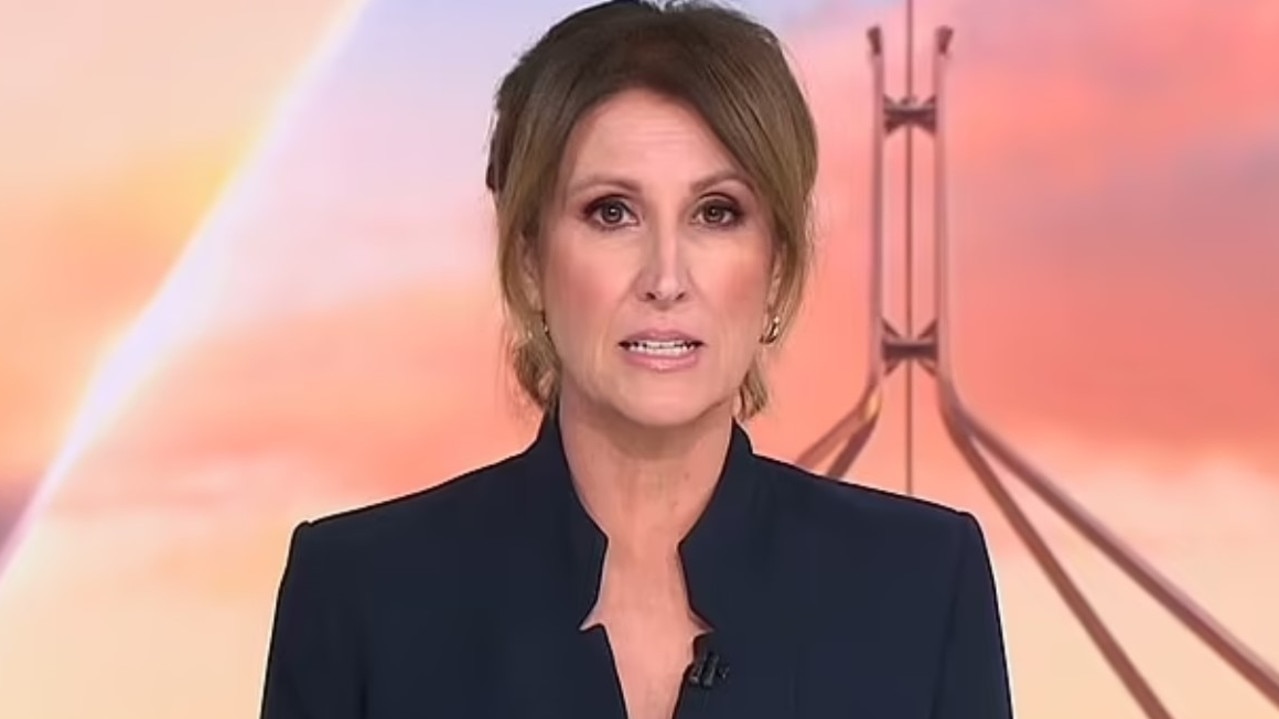
Has he learned from his experience and can he do better? That remains unknown.
The Liberal-National Party has only 55 MPs. That’s Peter Dutton’s hurdle and it’s his biggest one.
He started with 58 seats in 2022, before the Liberals lost Aston in Victoria and two MPs went to the crossbench. So arguably they are still notionally on 57 seats but technically it’s 55.
The House of Representatives has 151 seats.
Thus, to win government in their own right, Mr Dutton needs to get from 55 MPs to 76, unless he can get to 71 or 72 seats for example and govern with independents.
Despite Newspoll’s prediction that if an election was held today that vote would fall 51:49 in Peter Dutton’s favour, most experts will tell you even that’s not enough to win government.
If for argument’s sake a 51:49 result was applied as a uniform swing he might hope to pick up around 10 seats. That’s not enough.
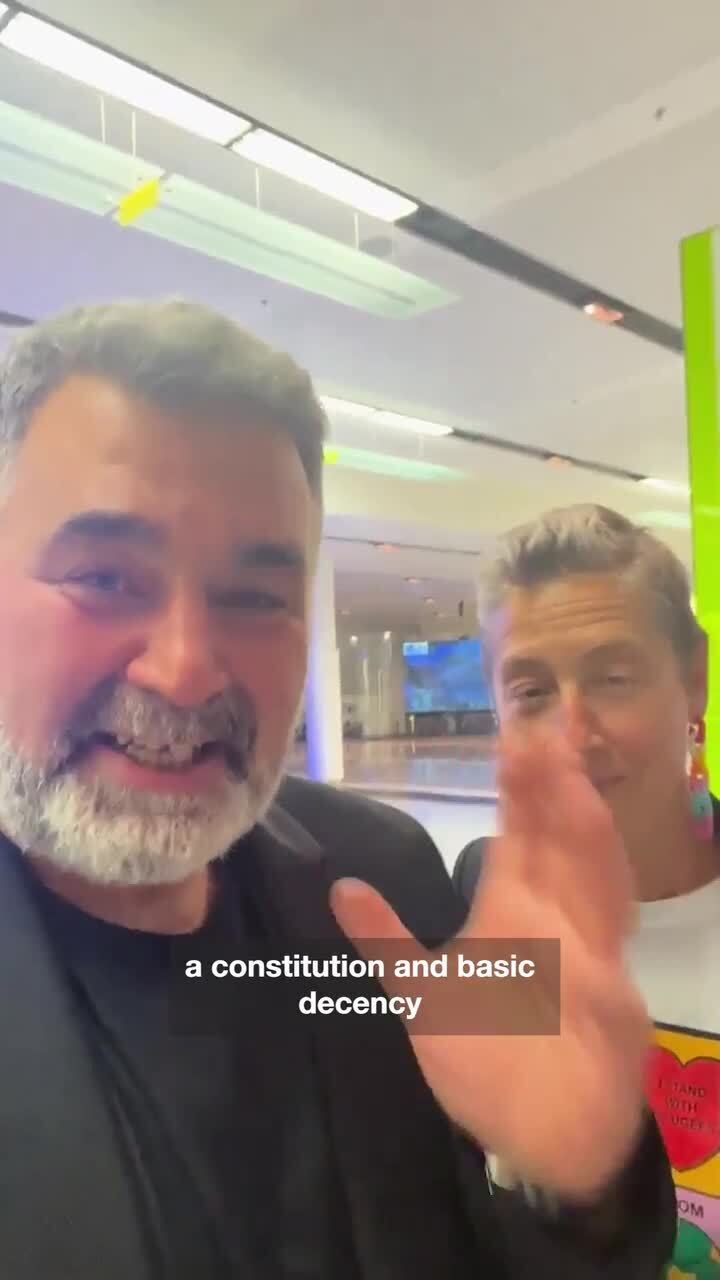
The question is whether the trend of erosion in the Labor vote continues and if Mr Albanese again performs poorly in the campaign.
Under that scenario, Mr Dutton could push that 10 seat prediction up to 15 or so then he’s in the ballgame of forming a minority government with more centre-leaning independents.
This might include South Australia’s Rebekah Sharkie, the Katter party’s Bob Katter and NSW Independent Dai Le, for example.
Teal independents Allegra Spender and WA’s Kate Cheney are possibles. The more left-leaning teal independents in Victoria seem less likely prospects.
But on any measure, Mr Dutton needs to secure around 20 seats to comfortably form government or 15 plus to form a minority government.
He’s making ground at a fast clip. But he’s not there - yet.




